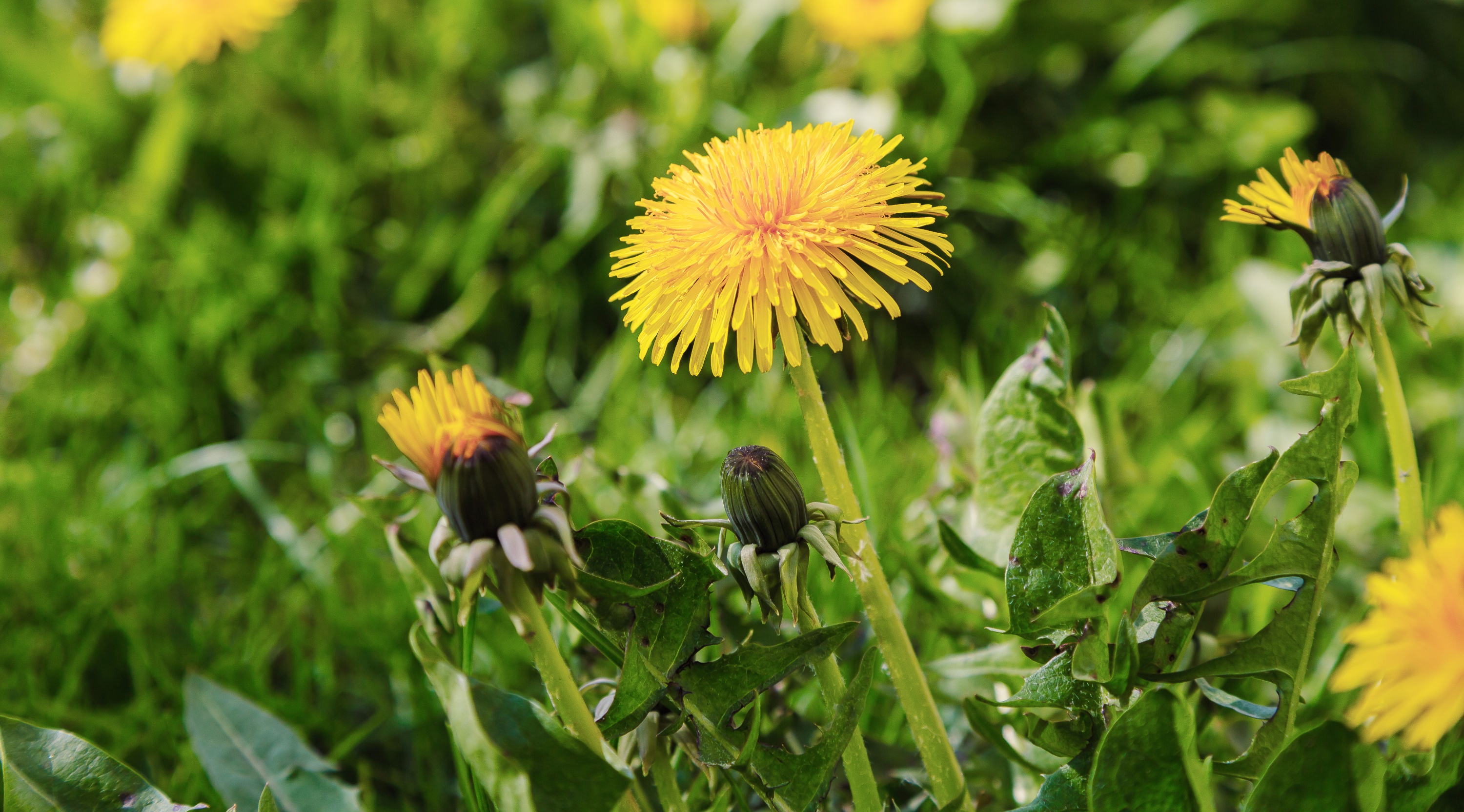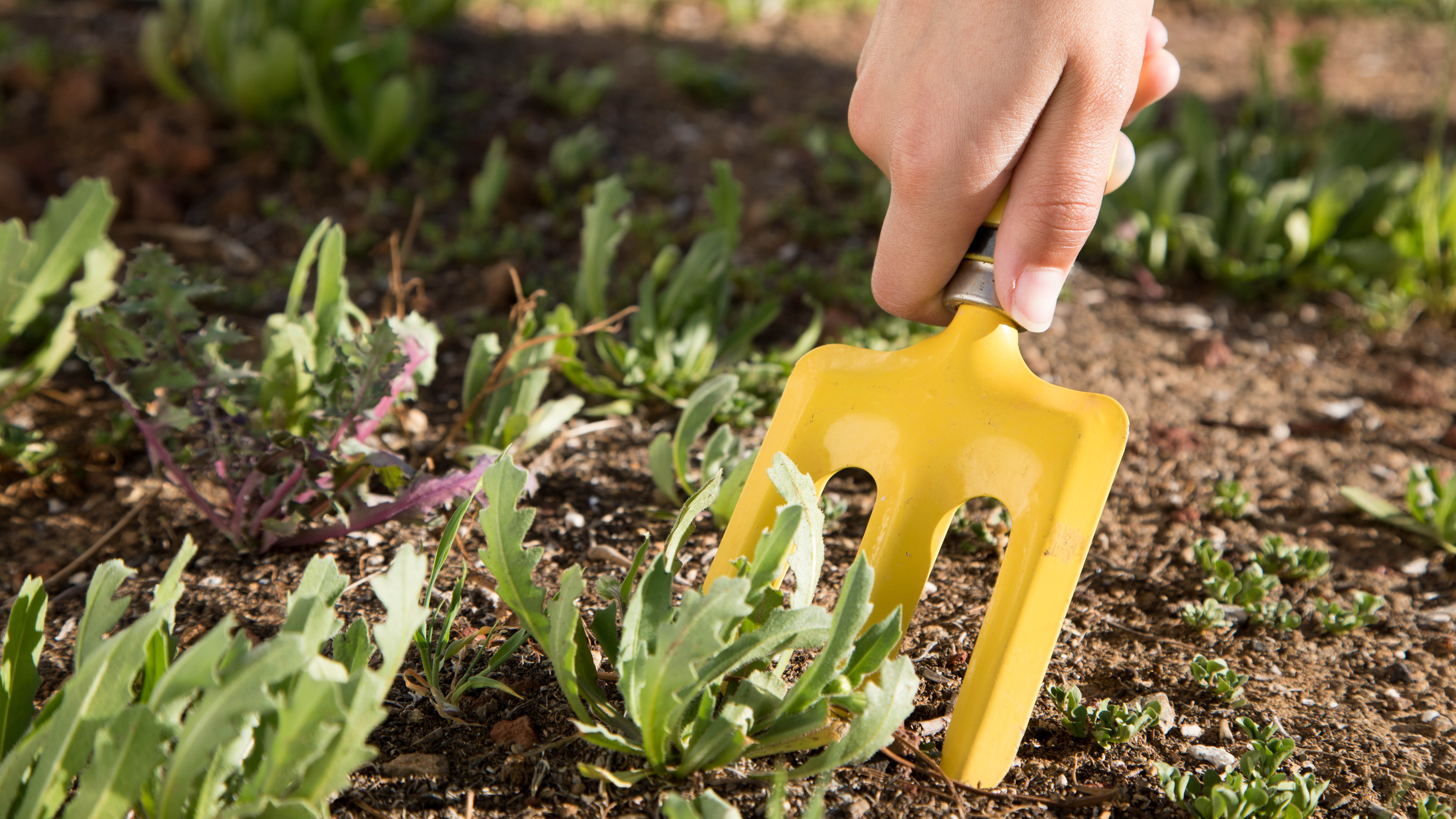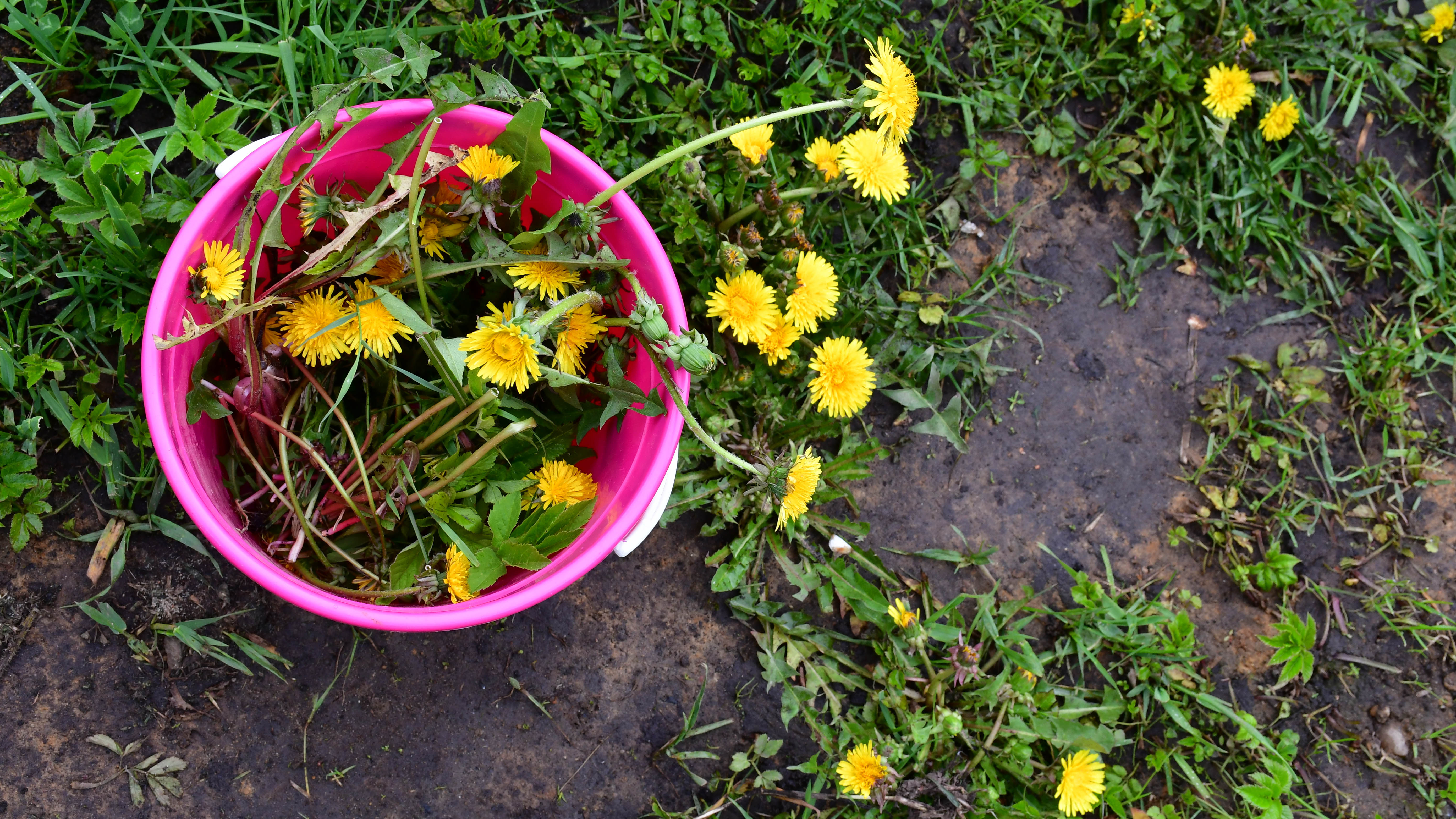How to get rid of dandelions without ruining your lawn

Knowing how to get rid of dandelions the right way can save your precious lawn some unnecessary damage. These unwelcome plants frequent every yard, much like crabgrass, disrupting the otherwise pristine condition of your grass. The trouble is, they’re pretty hardy, and simply ripping them up without caution can ruin your lawn. Plus if you’re not thorough, the dandelion can grow back, making the whole task counterproductive. Before you know it, you will be looking up how to plant grass seed to repair some of the damage.
The good news is that there are methods you can follow to remove dandelions, which will limit the destruction to your yard. There’s also options on what you can use, whether you prefer natural herbicides or want to use household remedies. Here, we will take you through your options and what to do step-by-step so you can quickly take care of these pesky plants. Here’s how to get rid of dandelions.
If your lawn has seen better days, be sure to check out how to make your grass greener or see if you're making one of the seven common lawn care mistakes.
Also, here are 5 ways to get rid of poison ivy and keep your yard safe. Plus, here are 3 weeds you should never compost, according to experts.
How to get rid of dandelions
Trowel
Weed puller (optional)
Natural herbicide or vinegar
Pre-emergent herbicide
Dandelions are best pulled up when they are young before they develop seed heads — these are the white, fuzzy balls at the top which break apart easily in the wind. So try and deal with them as soon as you spot them.
You can still remove them once they've developed the seed heads, but try to carefully cut and dispose the head first so the seeds don't spread.

1. Dampen the soil — Before pulling up the dandelion, water the surrounding soil to help with the task. If the soil is damp, you should be able to pull up more of the roots with less chance of them breaking.
Get instant access to breaking news, the hottest reviews, great deals and helpful tips.

2. Loosen the soil — Now, use a weeding tool or a trowel to work the soil under the dandelion. This will help loosen the taproot. We recommend Mr. Pen’s Hand Weeder Tool ($7.95, Amazon). You can gently clear the soil away from the base to reveal the top of the roots once you've done this.

3. Pull up the dandelion — Now for the moment of truth. Dawn a pair of trusty gardening gloves and take hold of the dandelion by the base of the stem. You don’t want to rip it out, as this will just break the dandelion and leave the roots in place. Instead, gently wiggle and pull it loose, trying not to force it.
You can continue working the soil with your weeding tool in the other hand to help along the way. Roots can be as long as three feet in length so be patient and persistent.
If you don’t want to get your hands dirty, you can alternatively use a dedicated weed puller, such as Grampa's Weeder ($39.99, Amazon). These will make the work of pulling up the dandelion easier and will generally leave a smaller hole in the ground.

4. Pour herbicide into the hole — The fact is you’re unlikely to have pulled up all of the taproot with the above method. Some remnants may have snapped off, which does mean the dandelion can grow back. To take care of this, you need to pour some natural herbicide into the hole to kill what’s left. This is one of the 7 ways to kill weeds naturally.
You can buy natural herbicides in most garden stores, but be wary that the majority are non-selective which will also kill any grass roots it comes into contact with. Because of this, you need to apply your herbicide sparingly and cautiously in the hole. Alternatively, you can also use white vinegar to kill the roots if you have some on hand, but this too can damage the grass, so take care with application.

5. Fill the hole — As tempting as it is to fill the hole with existing soil and be done with it, this spot will actually be vulnerable to other weeds at this time. Because of this, you need to add some pre-emergent herbicide to the fresh soil.
This means you can’t sew fresh grass seeds immediately to cover up the hole, but it will likely save you from repeated weeding down the line. With time, runners from the surrounding turf should fill it up again.
And there you have it, the dandelion shouldn’t come back from this, but if it somehow does, simply repeat the steps as required. We wouldn’t recommend using chemical solutions to eradicate dandelions as they can be toxic to both humans and animals, as well as other plants.
Instead, take your time dealing with dandelions using the above method — your patience will be rewarded.
What will kill dandelions, but not the grass?
You can find selective broadleaf herbicides, although they're not as common as non-selective. These can be sprayed onto the dandelions without fear for the surrounding grass taking damage. However, you need to take care after application as these tend to be toxic to humans and animals. A natural non-selective herbicide is safer to use and better for the environment too.
How to stop dandelions from coming back

The key to preventing dandelions from popping up in the future is taking good care of your lawn:
- Water your lawn regularly — This encourages strong and deep grass seed roots.
- Fertilize your grass as required — In doing this, you should achieve a fuller lawn which is dense enough to limit the soil available to dandelions.
- Don’t cut it too short — Don’t cut more than a third from the grass length. Longer leaves provide more shade on the soil which means it takes longer to dry out. Thinking of upgrading to a riding lawn mower? My Dad just treated himself to a riding lawn mower — here’s what happened.
- Spread corn gluten across your yard — Any seeds that come into contact with it won’t be able to germinate.
For more planting tips, tricks, and how-tos, check out our guides on how to plant sunflower seeds and when to do it, how to plant potatoes and how to grow tomatoes in pots. You'll also want to read how to prune hydrangeas, how to care for an orchid, and how to care for air plants.
You can also read our guide on how to get rid of lawn grubs for a pest-free backyard.

Katie Mortram used to be a Homes Editor for Tom's Guide, where she oversaw everything from kitchen appliances to gardening tools, as well as smart home tech. Specializing in providing expert advice for cleaning and home manintenance, she now works as Household Advice Editor for Good Housekeeping.
